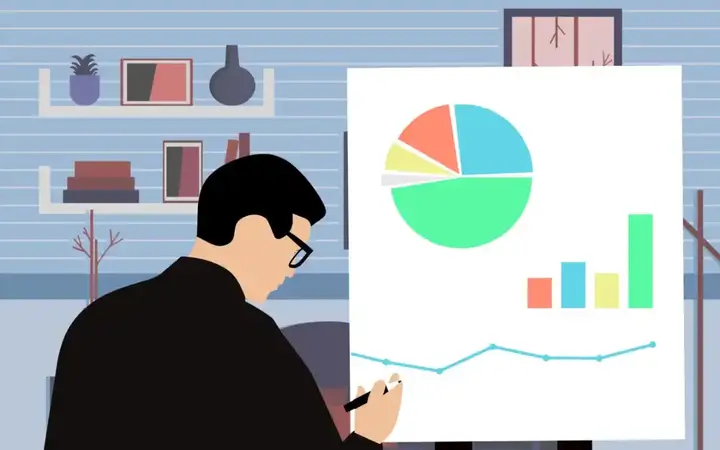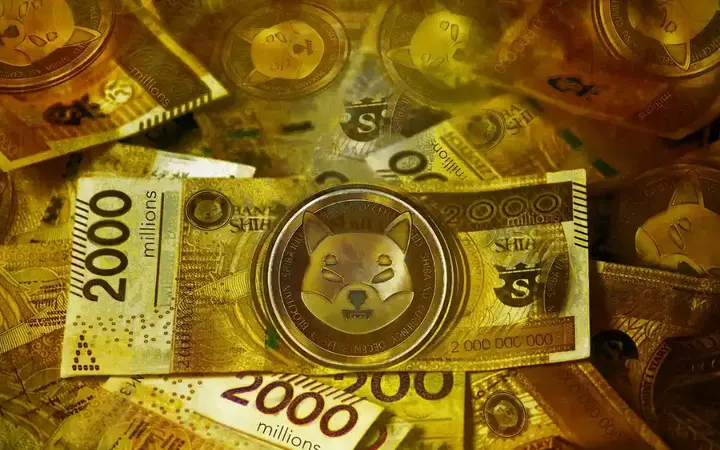Iranian carpet industry ... History and economic significance
Iranian carpets are considered one of the finest and most magnificent carpets in the world for their craftsmanship, elaborate designs and wonderful texture. Hand-woven carpets are a staple of Iran's economy, and to this day, there are millions of carpets produced annually that generate a significant amount of the country's income. While the carpet weaving industry began as a secondary but productive market, it has expanded to include a number of unique weavings and patterns that make Iranian carpets one of the most distinctive in the world.
Show key points
- Iranian carpets are celebrated globally for their exquisite craftsmanship, rich textures, and intricate patterns, making them some of the finest in the world.
- Carpet weaving in Iran, which began as a secondary craft, has evolved into a major economic contributor producing millions of rugs annually.
- The tradition of Persian carpet making dates back over 2,500 years and originated with nomads who used them for protection against the harsh climate.
- ADVERTISEMENT
- Historical discoveries, like the well-preserved Pazyryk carpet, demonstrate the ancient and sophisticated artistry of Persian weavers.
- Persian carpet weaving techniques spread via the Silk Road, blending Eastern and Western influences and revolutionizing textile art worldwide.
- These carpets were traditionally used in royal palaces across multiple empires, symbolizing luxury, status, and artistic excellence.
- Even today, handmade Iranian carpets are considered valuable cultural artifacts and luxury items, continuing to be in demand globally.
The origins and early history of Iranian handmade carpets
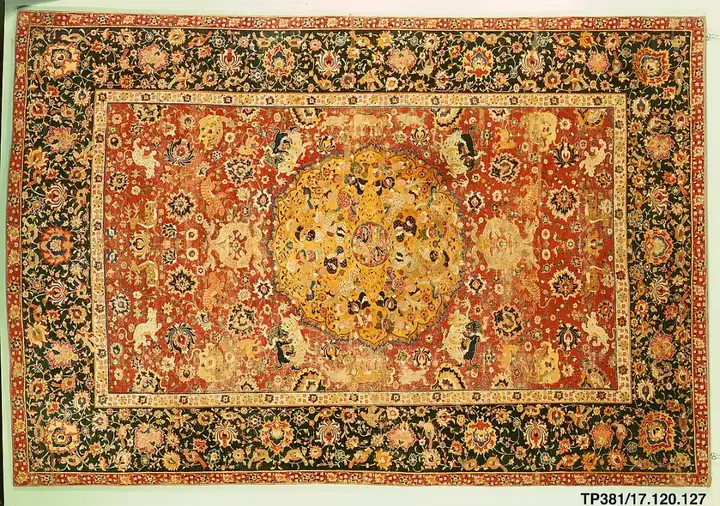
Traditional Persian carpets also known as Iranian carpets have been a sign of status and beauty for centuries, with an illustrious history dating back 2,500 years, when they were first developed by Persian nomads as a necessary tool to protect against cold and humidity.
Recommend
The art of carpet weaving in Iran has progressed far beyond simple carpets designed for practical purposes. However, historical records reveal that the court of Cyrus the Great, who founded the Persian Empire more than 2,500 years ago, was decorated with magnificent carpets.
But over time, rug weaving has grown into much more than a practical solution – it has become an art form in its own right. It is this appreciation that has allowed Persian carpets to be manufactured over many generations, with each repetition introducing new patterns and techniques that make these works of art more visually appealing. Each carpet is a magnificent design and a unique representation of the Iranian culture that is made within it, as it has a personality that can never be repeated. As time progresses, the art behind these carpets continues to grow in a more complex and vibrant form; truly a testament to the skilled Iranian artisans who continue to keep this beloved tradition alive today.
Historical evidence of the ancient Iranian carpet industry
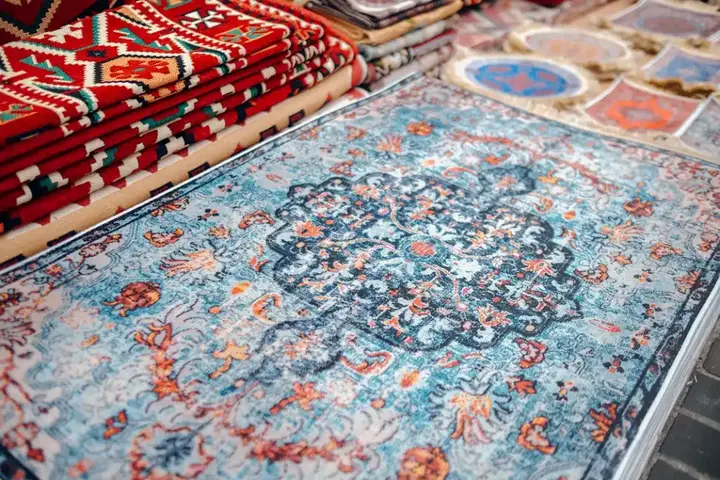
The oldest known Persian carpet dates back to about 500 BC. The Baziric carpet was discovered in 1949 from the tomb of a leader, and archaeological findings indicate that the tomb was closed for centuries. Since the rug was preserved in the ice, the remains give observers a fascinating glimpse into the complexity of Persian carpets woven 2,500 years ago. Since carpets and other textiles created during this time period have not been preserved in this way, it is often difficult for archaeologists to make an accurate prediction of the date of their origin. The first known documentation of Persian carpets is found in a number of Chinese texts from the Sassanid period (c. 200-600 BC).
Historical accounts also indicate that the tiles and palace of Cyrus the Elder were decorated with a number of elaborate carpets and carpets. Since these carpets were well woven with beautiful fabrics and designs, they illustrate the importance and sophistication of Persian carpets. It's easy to be stunned when looking at this intricate piece of craftsmanship, and it's proof that ancient weavers have a brilliant eye for detail and expertise in their craft.
For example, a paziric rug handmade from natural fibers such as durable wool and animal skin, this beautiful and attractive carpet has been perfectly preserved due to its location inside a frozen tomb, currently housed in the Hermitage Museum, - allowing us to look back on a long past era. This is currently a cherished item in the collection of the Hermitage Museum.
Persian carpet making techniques spread around the world
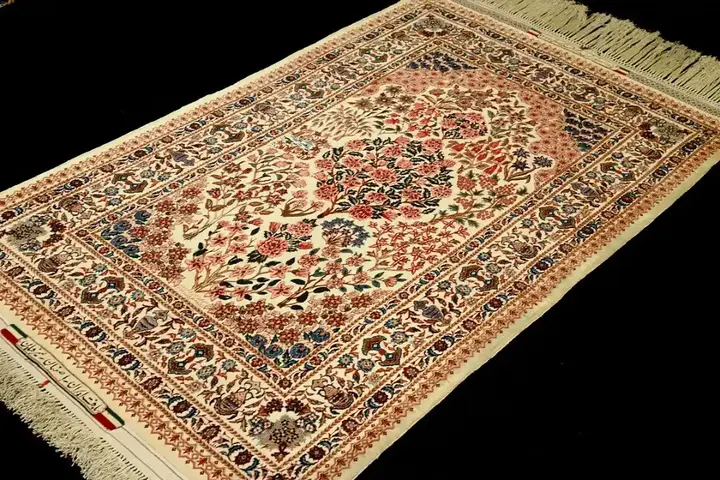
Persian carpets are a timeless and universally appreciated art form, renowned for their intricate designs, captivating colours and delicate craftsmanship. These magnificent pieces date back to ancient times; early on where classical Greek and pre-Islamic documents confirm that they were woven throughout history.
The development of Persian carpets is largely attributed to the Silk Road, a vast trade route connecting ancient civilizations through Eurasia (Europe and Asia). This resulted in bringing Chinese silk weaving technique to Persia, where it eventually evolved into the rich bespoke carpets we know today. This also allowed Chinese carpets with cultural motifs and designs to spread around the world. . These handmade artworks carry the fusion of Eastern and Western cultures that have embodied the exchanges of the Silk Road for thousands of years.
Moreover, these magnificent pieces are designed from high-quality silk and dyed materials, providing an extra layer of luxury and splendor that has made them a symbol of evolution throughout recorded history. The spread of Persian carpet-making techniques around the world was a testament to its enduring success and magnificent beauty, making it a timeless work of art that continues to captivate fans around the world.
The use of Persian carpets in royal courts and palaces increased its fame and price
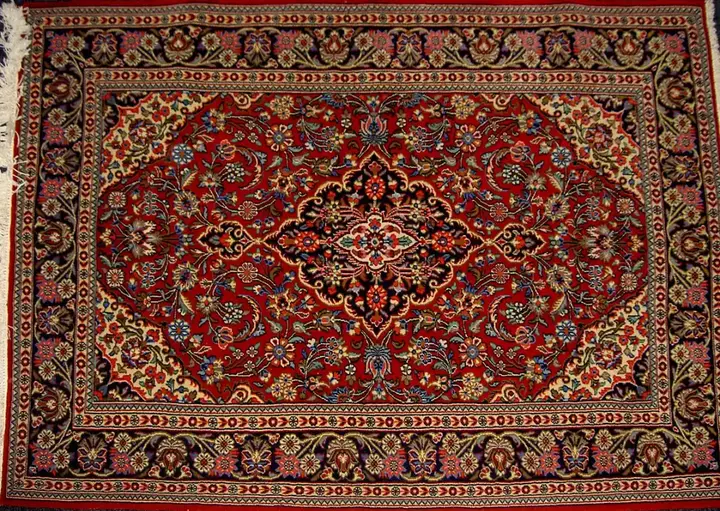
Persian oriental carpets have long been appreciated for their intricate designs and ingenious craftsmanship. They have been used in royal courts and palaces for centuries, for them, carpets represent not only as a decorative element but also as a symbol of wealth and power. Persian carpets were often commissioned by rulers and nobles and created by skilled designers and craftsmen using high-quality materials such as durable wool and pure silk.
Iranian carpets were used to decorate the throne rooms, reception halls and other important spaces inside the palace. The use of area carpets in royal courts and palaces helped establish Persian carpet making as a highly respected art form. Iranian carpets were used in many empires of the Ottoman Empire, Mongol and Safavid dynasty, and were laid out in royal courts and palaces after the Persian Empire.
In the present era, Iranian carpets still retain their distinguished position as the best and most expensive types of carpets in the world, and the demand for buying them is still considered a great luxury for those with high taste and textile art.
![]()
Explore your nature lighting show: Tyndal the effect of weather phenomena
The Tyndall effect turns light and air into a stunning dance of color and mystery. From golden rays to misty glows, nature paints breathtaking scenes that captivate the eye and soul—and it’s all thanks to tiny particles playing with light in extraordinary ways. more- ADVERTISEMENT
![]()
Success Guide - How to learn the skill of planning?
Success Guide - How to learn the skill of planning? more- ADVERTISEMENT
![]()
Career path in the age of technology: strategies for choosing the right specialty
In a fast-changing digital world, choosing a career isn’t just about passion—it’s about understanding tech trends and staying adaptable. By aligning skills with evolving market demands and committing to lifelong learning, young professionals can build strong, future-ready careers and thrive amid constant innovation. more- ADVERTISEMENT
![]()
Is the Nile the longest river in the world? Amazon would like the word.
The Nile is the world’s longest river- The Amazon would like a word more- ADVERTISEMENT
![]()
How to identify and transform a bad manager: lessons learned and the path to success
Bad managers hurt morale, kill productivity, and damage a company’s success. They micromanage, lack empathy, and avoid conflict, leading to high turnover and chaos. But the journey to becoming a good manager starts with self-awareness, better communication, and trust—turning toxic workspaces into thriving ones. more- ADVERTISEMENT
![]()
Habits of remarkably calm people
Remarkably calm people aren't born that way—they build habits like mindfulness, deep breathing, and regular exercise to stay composed. They also focus on positive thinking, good sleep, and managing time well. These simple yet powerful habits help them stay cool even when life gets stressful. more- ADVERTISEMENT
![]()
Personal Success: Practical Steps Towards Achieving Goals
Personal success is about finding happiness in your own growth and goals, not just wealth or fame. It's a journey shaped by your values, efforts, and ability to adapt. Success comes from setting clear goals, staying motivated, and learning from every step along the way. more- ADVERTISEMENT
![]()
How exactly to spend your money to maximize happiness, according to the latest science
How exactly to spend your money to maximize happiness, according to the latest science more- ADVERTISEMENT
![]()
The Dream of Getting Rich Quick: Stories of Turning Good Fortunes into Millionaires Overnight
Overnight Millionaires: People Who Got Rich Quick more- ADVERTISEMENT
![]()
The best professional advice (in life) one can get
Choosing the right career can be tough, but combining self-assessment, research, and goal-setting with expert guidance makes the path clearer. Tools like MBTI and career mentors help align your job with your values, making your professional journey both successful and fulfilling. more- ADVERTISEMENT













